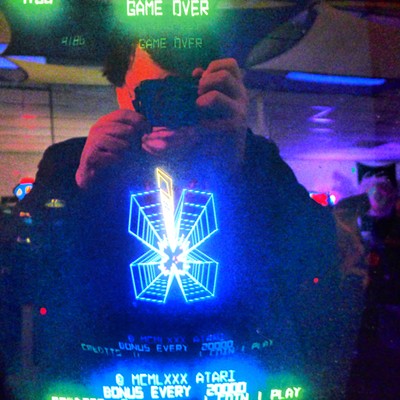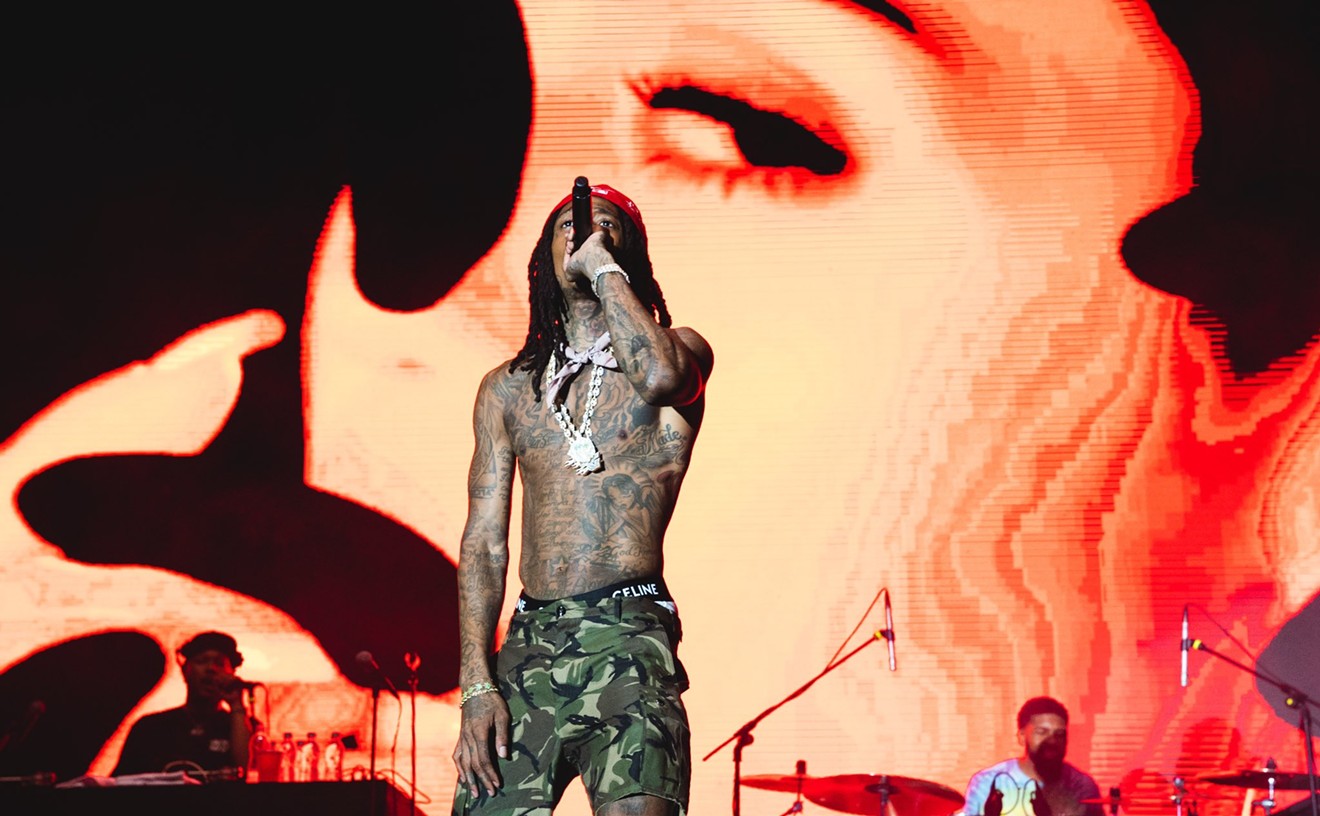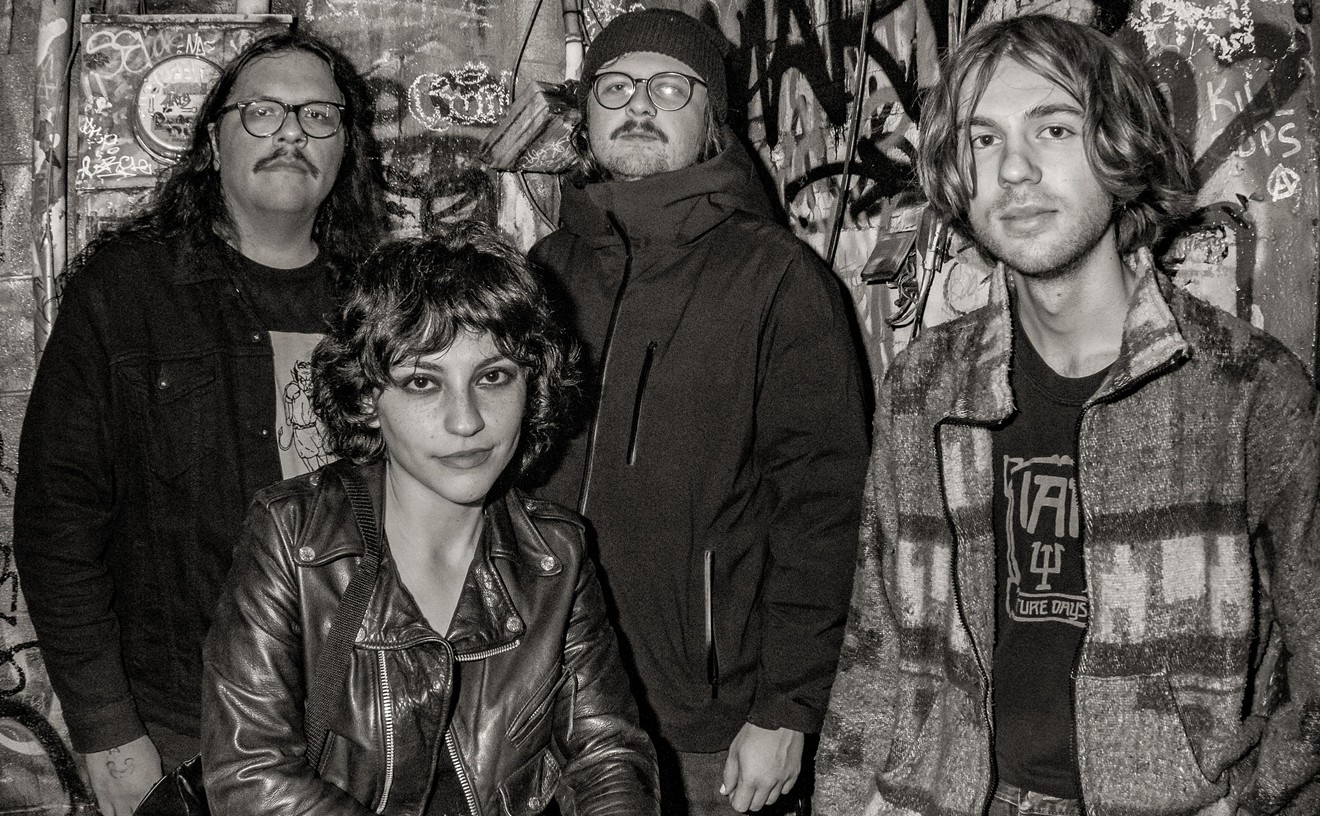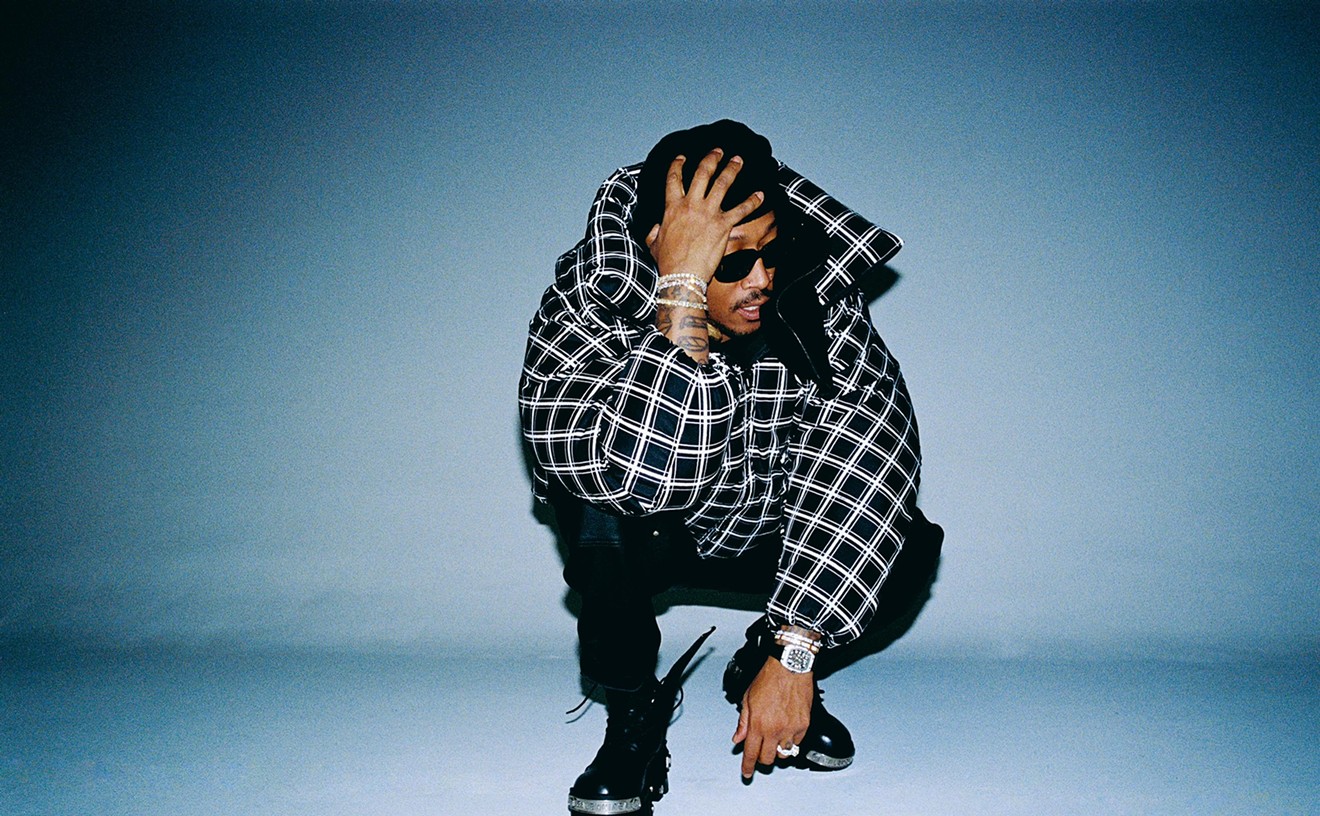The Head and the Heart (due tonight at the Ogden Theatre) came together when its members met while playing open-mic nights at a pub in the Old Ballard section of Seattle and decided to join forces. The band writes earnest, hushed, folk-inflected pop songs that recall Déjà Vu-period Crosby, Stills, Nash and Young. The results are less rock-oriented, but no less well-crafted.
See also: The best concerts in Denver this weekend
Championed early on by Seattle's premier independent radio station, KEXP, the outfit ended up getting picked up by Sub Pop, which reissued its 2011 self-titled debut. On the group's latest effort, Let's Be Still, you can hear a tasteful hint of Gram Parsons's gentle soulfulness. We recently spoke with drummer Tyler Williams about how the band's rhythms boost it beyond a simple singer-songwriter band, the idea behind the album art and how the group's success has been an organic process.
Westword: You went to high school with Jonathan Russell in Richmond, Virginia. Did you play in bands together then?
Tyler Williams: Oh yeah. Nobody's ever heard of it, but we were in a band together for about three years called Silent Film Star. Basically, I would just skip class, we all lived together, and we played music. It reminded me of semi-Killers-ish type of material.
You were in Prabir and the Substitutes. That band broke up the same year the Head and the Heart solidified into a band?
Yeah, and when Jon moved to Seattle, I was looking for a way out of Richmond at the time, just to start something new and see what would happen.
What made going to Seattle attractive outside of hearing that demo?
"Down in the Valley" definitely pulled me out there. Nothing specifically about Seattle, I don't think. I had never visited. It was just that Jon had moved out there, and I'd liked the song. It was just so much more mature than what any of us had been doing back in Richmond. It was more in line with what I usually listened to at the time, which was a lot of Broken Social Scene.
How did you find Seattle to be compared to Richmond?
It was more cooperative. Everyone was kind of in it together in Seattle. Bands help each other out and it's more of a fostering vibe instead of competition. There's not that many bands, and when you get one opportunity, everybody kind of wants to go on it, and it's hard when you have small scene like that. There's a lot of bands and a lot of venues in Seattle. That's important, I think.
Did you have to make many adjustments in playing in a band like the Head and the Heart as a drummer?
It was definitely a little bit of a stretch for me, but I really looked up to the drummer from the National and Wilco. I think that just watching them for a long time and knowing their styles helped me kind of get into a more textural style of playing. More shaker-based, more percussion-based, instead of just straight drum kit.
You did an interview with Mid By Northwest, in which you said that you felt like you had to have more of an image on the East Coast.
Well, yeah, I think right now we're just a bunch of dudes with beards, and we wear whatever we want. I think that, at the time, that that was taken out of context a little bit. We weren't thinking like that at all. We were just trying to make honest music. That was our main goal.
Playing those early open mic gigs, what made you realize you had made the right decision to relocate and join up with the band?
Actually, when I moved up here, I thought I had made a terrible decision. Just the fact that it was like pulling teeth to get people to show up on time for stuff. So it was kind of interesting, and I was like, "We don't even have a practice space and Kenny [Hensley's] playing a Casio keyboard with no amp!" So I think it took a couple of months to get everything together to where we were actually playing music as a band should be playing music and practicing on a regular schedule.
Was there a point where you had realized you'd made the right decision?
Yeah, when we put the record out and we started seeing this immediate response from Sonic Boom, the local record store there, and from people coming out to shows. So I think we knew something special was happening, but we just didn't really know the extent of where it was going. So that was pretty cool.
How do you see your role as a drummer in a band like this? You're clearly more than just a time keeper.
I definitely see it as a propulsion force. This could just be singer-songwriter music, but I think the rhythm section transcends that. It goes more into a rock or at times, with the grooves, even R&B or old soul-based music. If we didn't have that, it would just be singer-songwriter-based.
Going from playing open mics to smaller venues and smaller clubs and now mid-sized clubs and so forth, did you find that you had to make adjustments as a band to play those bigger shows?
The only time I felt that was when we were opening for Vampire Weekend in Seattle about three years ago. We hadn't really played any large place at the time. We played maybe two hundred fifty to five hundred capacity rooms, and to go from that to a three thousand seat theater, that was the only time I had felt nervous about playing a larger show.
For the most part, it's been a pretty natural progression of where we want to go. It's been nice having that organic growth and not being rushed into larger rooms too soon. We've kind of built this band to have a long career, so we're not looking for number-one radio hits or selling out amphitheaters the first year out. So I think we're happy with the growth we've had.
For the artwork on and in your album booklet there's an interesting series of photographs. Is there any significance to that?
Yeah, we were actually on tour when those were taken by our friend Tyler. There was the idea of calling the album Let's Be Still and to have tour photos to back up a little bit of that sentiment. I think that we really lucked out by having him out on the road capturing those candid shots.
Who is holding the Ella Sings Gershwin record?
That's Jon.
The color scheme? Is that something you came up with as well?
The color scheme was kind of designated by how we wanted that front album cover to look. It was a black and white photo and then we had Sasha at Sub Pop kind of do a water color treatment on it. When we saw that happen, we thought, "Let's use these other colors for the text and for the type." We're really hands on with all of our packaging and all of our posters. We like to make sure everything's the way we want it.
Follow @Westword_Music











